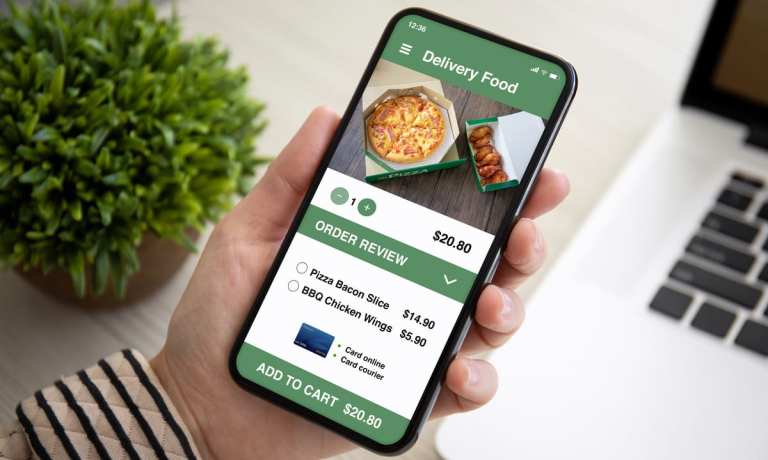PYMNTS Data Brief: 100 Percent Of Smartphone-Centric Shifters Stick To Mobile Ordering

There’s no scarcity of speculation about the fortunes of the mobile order-ahead (MOA) sector as masks come off and restrictions vanish. Turning instead to hard data, PYMNTS researchers find it’s superconnected consumers that MOA-reliant restaurants can count on going forward.
Based on a recent survey of 2,030 U.S. consumers, Delivering On Restaurant Rewards, a Paytronix collaboration, found that “the smartphone-centric and connected me consumers who have made [the MOA] shift are more likely than other persona groups to plan to keep ordering online even long into the future,” with 90 percent of connected me digital shifters planning to continue online ordering online “at least somewhat as often as they do now after the risk of contagion has passed. Smartphone-centric digital shifters take it even further, as 100 percent of them plan to keep ordering online at least somewhat as often as they do now.”
Though in the low double-digits, the finding about smartphone-centric and connected me consumers portends well as MOA adapts to post-pandemic changes.
The bigger action is with smartphone-centric and connected home consumers, per Delivering On Restaurant Rewards, which found that almost 37 percent of connected home consumers and 36 percent of the smartphone-centric say they’ll stick with MOA into the future.
Stories of whole stimulus checks going to mobile order-ahead meals in 2020 weren’t far off, as researchers found that “The average superconnected restaurant customer spent $2,424 on online table-service restaurant orders and $2,431 on online QSR orders during the past 12 months.”
As to what would urge the superconnected and their less-connected cohorts to keep ordering delivery — and spending more as well — PYMNTS found that 50 percent of superconnected restaurant fans “would pay more if they could pay online, and 48 percent would pay more if they could order online, putting these features at the very top of their digital wish list.”
Asked what ties it all together, and the superconnected say one thing in unison: rewards.
“Loyalty programs and the ability to pick up orders without standing in line” appeals to 48 percent of superconnected restaurant customers, and they’d pay more to earn rewards, too.